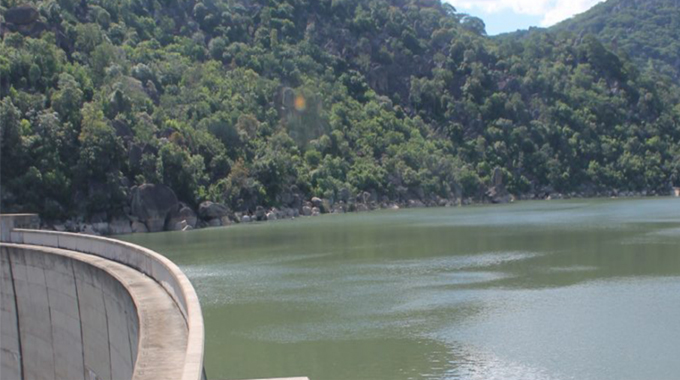
The Sunday News

Vusumuzi Dube, Online News Editor
BULAWAYO could be forced to re-introduce a stringent water shedding schedule as one of its major supply dams faces decommissioning due to low inflows.
The city has over the past years been forced to resort to water shedding as a means of ensuring that they conserve the available supplies in their dams. It has since emerged that the local authority could be forced to re-introduce the dreaded water shedding as Umzingwane Dam faces decommissioning as it received minimal inflows during the rainy season.
Initially, the dam was expected to have been decommissioned on 31 March but the local authority had to defer it after minimal rains that were recently experienced in the country. Bulawayo City Council corporate communications officer Miss Bongiwe Ngwenya said the minimal inflows to the dam had seen council not decommissioning the dam.
“Umzingwane Dam has not yet been decommissioned because it still has some water that was received from the minimal rains that were experienced in the catchment area, however, as soon as we know that it now has to be decommissioned, we shall communicate,” said Miss Ngwenya.
According to the latest council report, the local authority noted that the decommissioning of the dam will result in a reduction of daily water use by 35 megalitres a day.
“Umzingwane Dam was projected to be de-commissioned by 31 March 2022 if no significant rainfall occurs that would result in sizeable inflows to the dam. The decommissioning would result in reduced available abstraction by 35 megalitres a day thus affecting total available raw water for delivery to Criterion. Whereas Criterion would receive more than 110 megalitres a day of raw water and produce an average of 100 megalitres for the city reservoir levels to be stable and ensure continuous water supply.
In the event that the decommissioning of Umzingwane occurs, the department proposed an incremental shedding regime to be determined at the time of decommissioning vis-à-vis the would be remaining available abstraction from other dams,” reads the report.
According to the latest dam statistics, as supplied by the local authority, in total the dams are 58.12 percent full with Insiza Mayfair having the most at 78.1 percent full, the dam has a carrying capacity of 173.4 million cubic metres.
Mtshabezi, with a carrying capacity of 51.9 million cubic metres being 75,67 percent full, Lower Ncema, with a carrying capacity of 18,2 million cubic metres is 75,39 percent full and Inyankuni with a carrying capacity of 80,7 million cubic metres is 51,9 percent full.

Mtshabezi dam
Upper Ncema which has a carrying capacity 45,5 million cubic metres is 14,58 percent full while Umzingwane which has a carrying 44,6 million cubic metres is 8,3 percent full. According to the statistics, Upper Ncema is expected to be the next dam to be decommissioned with its depletion date set for 18 August 2022.
The Zimbabwe National Water Authority also recently revealed that an increase in vandalism of power infrastructure feeding in Nyamandlovu’s Rochester water works was also affecting water delivery to the city.
The Government is working on completing the Gwayi-Shangani pipeline by year-end, a move that will give a permanent solution to the city’s perennial water challenges.



